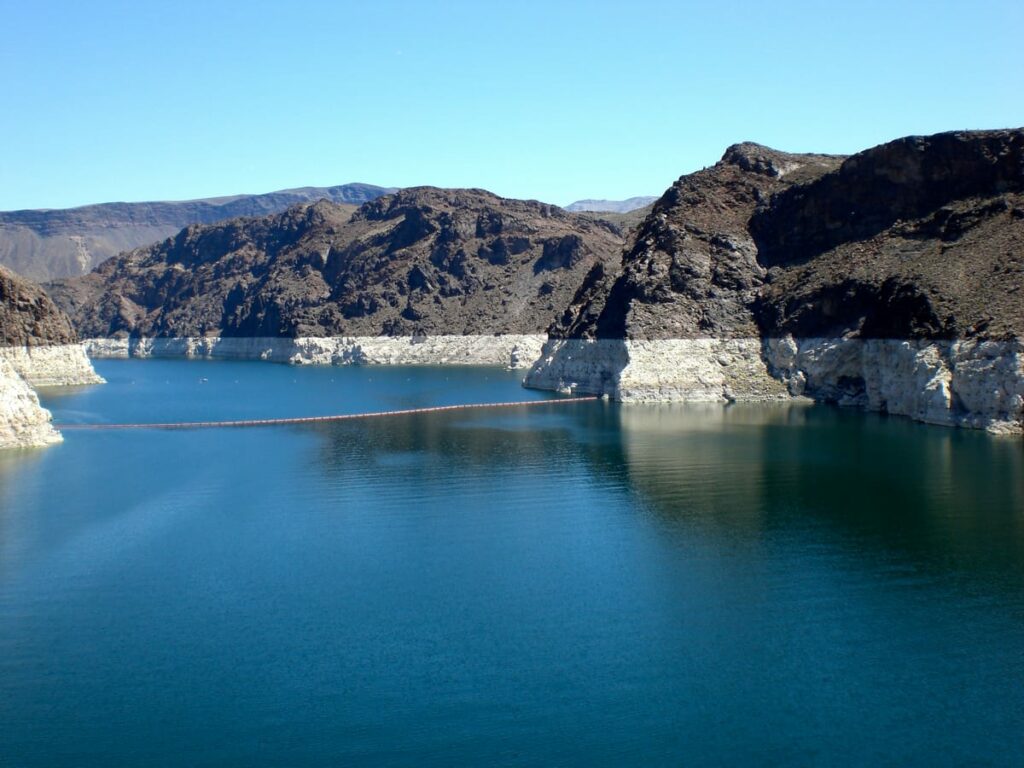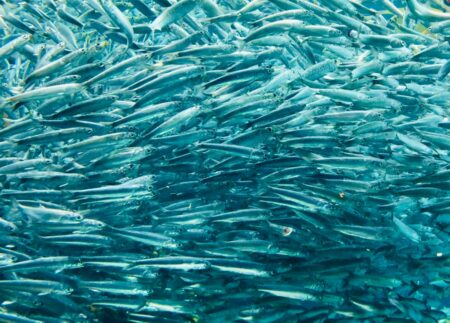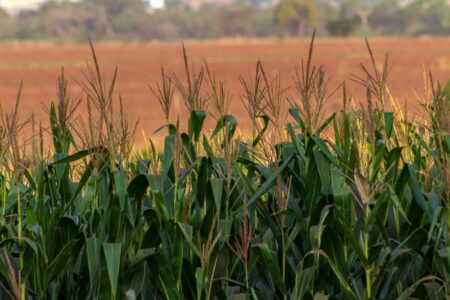Climate scientists predict that continuing climate change will increase the frequency and intensity of flooding. As temperatures rise, more water will fall than what vegetation can absorb. This excess water will then drain into nearby waterways, picking up pollutants such as fertilizer. The result is more pollution and a smaller water supply. Climate change will affect water availability and the water quality we already have.
The socioeconomic effects of climate change on water supply primarily depend on our ability to adjust to change. Many water use and management laws and policies are ineffective and unresponsive to changing conditions. These policies and practices will become more costly as water becomes scarcer and supply and demand conditions change. The more water we use, the more vulnerable we will be to water scarcity and drought.
Currently, climate change is affecting water availability throughout the country. Adding more dams and reservoirs will not solve this problem. Climate change is altering precipitation patterns, which will affect water availability. Precipitation is becoming less predictable in many areas, decreasing especially in the southwestern states. This means that the water supply for some regions may be at risk.
While the quantity of water available to humans is not the only factor in the health of our water, climate change will also have an impact on water quality. In inland and coastal regions, increasing precipitation and storm surges are expected to increase the levels of sediments and chemicals. These pollutants will be concentrated and may affect drinking water. There could be an increased saltwater intrusion into rivers and coastal aquifers, even in coastal regions.
While the total amount of water available will increase, the distribution of the water will be altered. The resulting changes will affect precipitation, evapotranspiration, and runoff. These changes will cause more severe weather events and water shortages. As precipitation increases, groundwater reserves may be depleted, causing overuse of groundwater, and the resulting depletion could reduce the water available to humans.

Fragmentation of water resources
Data on water resources is increasingly fragmented and difficult to access. This problem has been exacerbated by the multi-tiered U.S. government structure, which includes disparate data collection from agencies. The lack of a common standard has resulted in incomplete data. Open water data will help address these issues and provide state and local leaders with the knowledge and information needed to make informed decisions about water management.
The problem of fragmentation can be solved through collaboration between stakeholders. With the proper data management tools combined with collaboration, water utilities can make better decisions about water management and other critical decisions. Fragmented watersheds are particularly difficult to coordinate because of the lack of data sharing among stakeholders. Ideally, watersheds will be integrated across all water stakeholders, and this data sharing will facilitate collaboration. Fragmented watersheds limit the ability of public agencies to manage water effectively.
In addition, rivers are highly fragmented due to roads, dams, and other physical features. Such physical barriers can affect the movement of aquatic organisms and disrupt the biological processes within streams. Fragmented riverscapes are especially vulnerable to pollution. The effects of fragmentation on freshwater biodiversity are likely underestimated due to the time lags and the lack of a single signal.
Fragmented water resources are one of the most significant challenges facing the world’s water supply. The world has two hundred and sixty transboundary basins, accounting for over 60% of freshwater flow globally. Aquifer systems are also transboundary, and about two billion people depend on them. The problems of fragmentation are often repeated on a national scale. Therefore, cooperation is crucial to the optimal management and development of water resources.

Impacts of climate change on food production
As temperatures and precipitation patterns change, so do food production practices. Food production is expected to decrease with the predicted increase in temperatures and the increased number of extreme weather events. The costlier pesticides, fertilizers, and petroleum are also likely to rise, which will harm the availability of fresh and healthy food. Fortunately, many farmers are already changing their crops to cope with these changes. However, the impact of climate change on food production and distribution is still unclear, especially in developing countries.
Some agricultural sectors may benefit from climate change by changing the growing seasons, which will increase crop yields. However, climate change may make some traditional crops unviable. Changing climate conditions may cause growing seasons to shift and lead to more droughts, impacting the food supply. In addition, temperatures will cause plant growth to be disrupted, lowering yields. Ultimately, a higher food cost will affect our society.
The future course of global food production depends on societies’ capacity to adapt to these changes. As the world warms, more rich countries will have the ability to exploit new climatic conditions. However, some regions, including the U.S. Great Plains, parts of Mexico, and northeastern China, may not be able to grow enough food to feed their people. These countries are likely to be the worst hit.
While some areas may benefit from climate change and become more productive, it is essential to note that these changes are not suitable for the entire world. Although the impacts of climate change are often minor, these changes may have far-reaching effects on food production, leading to an agricultural revolution.
The negative impact of climate change on food production is likely to increase food prices and yields, putting a strain on the food supply and the ability of people to feed themselves. As temperatures rise, food production is likely to suffer from increased pesticides and weeds. The effects of climate change on agriculture are already evident, with more crop yields expected to decrease and the availability of food falling. Climate change will only compound these challenges by increasing food costs, water scarcity, and conflict over water.

Impacts of climate change on sanitation
Climate change is already having significant impacts on water and sanitation services across the globe, affecting more than half of the world’s population. Climate change increases water scarcity as extreme weather events increase, putting increased pressure on infrastructure and water resources. Water and sanitation services are among the most critical aspects of sustainable development, but urgent adaptation needs are also.
Despite the urgent need to adapt to climate change, poor communities have been slow to implement practical solutions to protect their environments, including sanitation. Those who lack adequate access to sanitation facilities are especially vulnerable to these impacts. Water, sanitation, and hygiene are critical for human health, and the ability to protect them from deterioration and disease increases with climate change.
Rising water levels and heavier rain can cause flooding in low-lying areas and sewage overflows. Septic systems are especially vulnerable to flooding and discharge into the environment, while sewage from unprotected pit latrines can overflow underground septic tanks. Flooding and water scarcity have already affected sanitation and hygiene practices, and increased water levels mean an increased risk of disease outbreaks.
Globally, 1 in 4 people lack safe drinking water, and nearly half of the world’s population faces problems with sanitation and hygiene. Currently, 3.6 billion people are struggling without safe sanitation or water, but if trends continue at their current rate, this number will rise to five billion.














